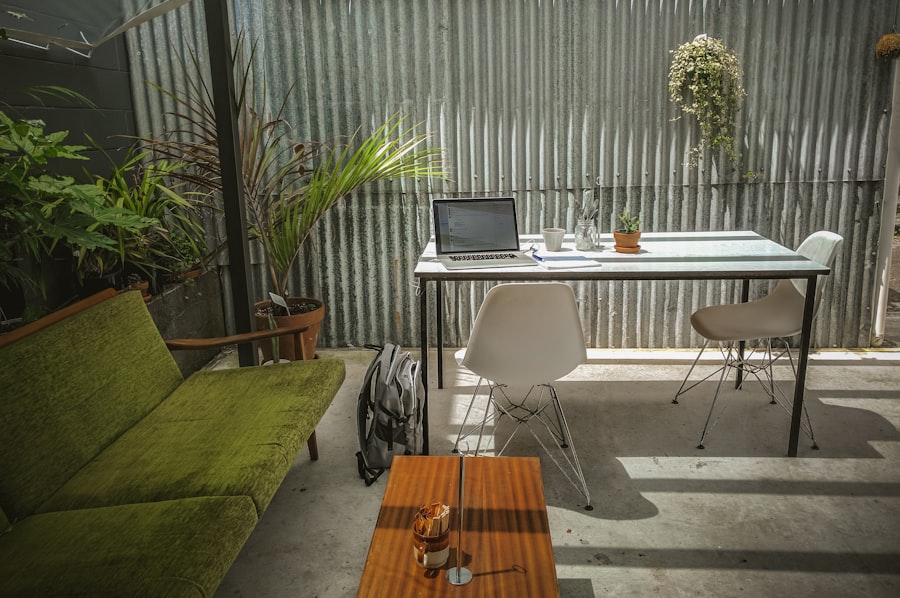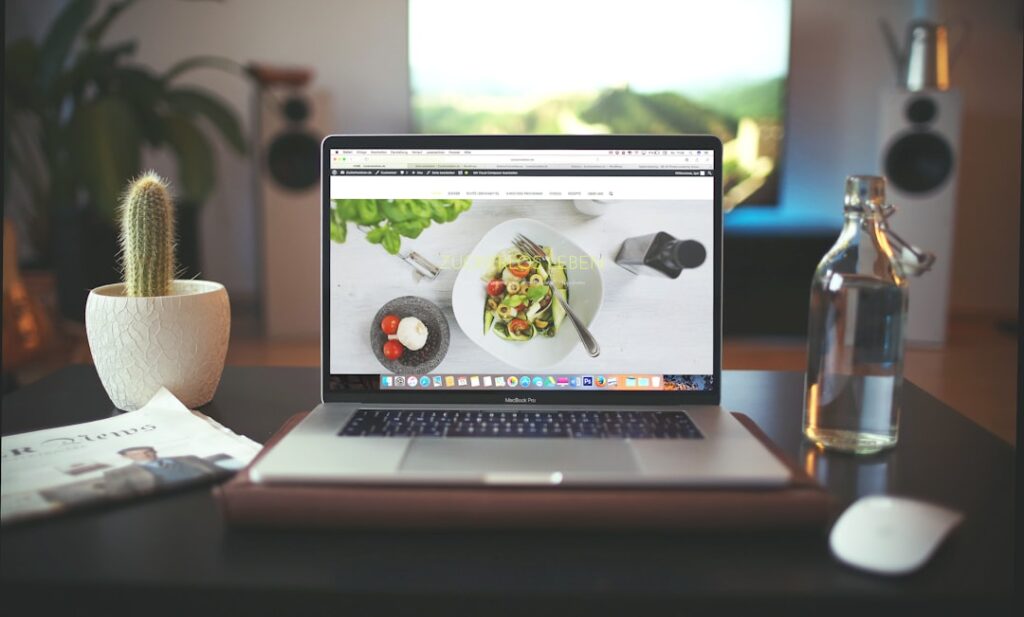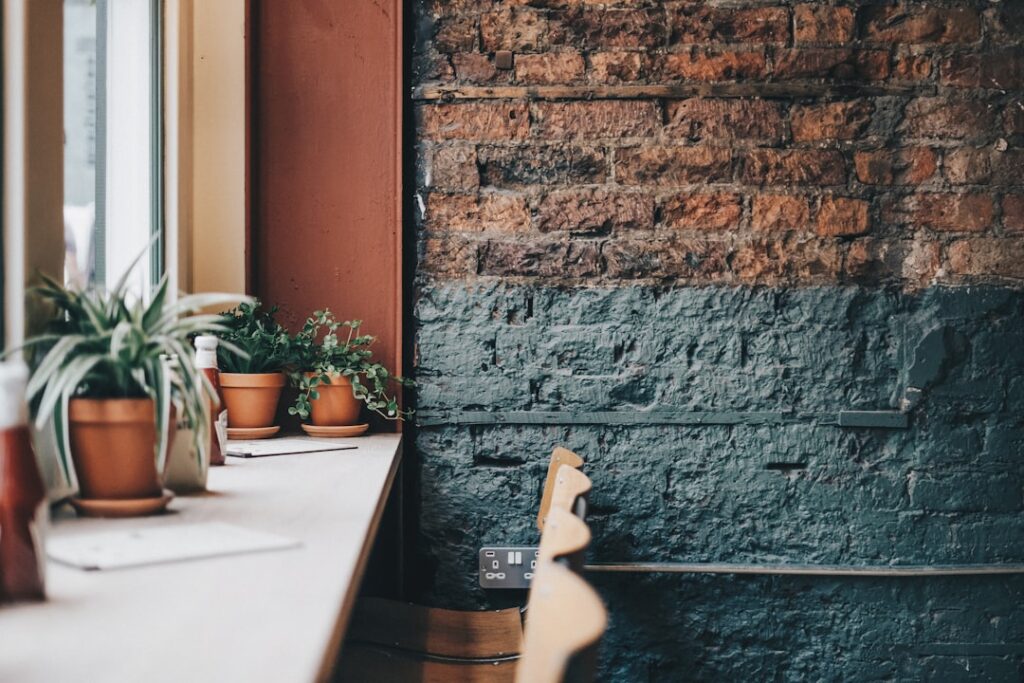Timeless interior design transcends fleeting trends and fads, focusing instead on creating spaces that remain appealing and functional over the years. This approach is rooted in classic principles of design, which emphasize harmony, balance, and proportion. A timeless interior often features a blend of traditional and contemporary elements, allowing for a seamless integration of styles that can adapt to changing tastes without losing their essence.
The key to achieving this lies in understanding the foundational aspects of design, such as scale, texture, and color, which work together to create a cohesive environment. One of the hallmarks of timeless design is its ability to evoke a sense of comfort and familiarity. This is often achieved through the use of classic furniture pieces, enduring materials, and well-considered layouts that promote ease of movement and interaction.
For instance, a well-placed sofa can serve as a focal point in a living room while also encouraging conversation among guests. Additionally, timeless interiors often incorporate elements that tell a story, whether through heirloom furniture or art that reflects personal history. This narrative quality not only enhances the aesthetic appeal but also fosters a deeper emotional connection to the space.
Key Takeaways
- Timeless interior design focuses on classic and enduring styles that stand the test of time.
- Incorporating modern elements can add a fresh and contemporary touch to timeless interior design.
- Choosing neutral color palettes creates a versatile and timeless backdrop for any interior design.
- Utilizing natural materials such as wood, stone, and leather adds warmth and texture to a timeless interior.
- Embracing minimalism in design promotes simplicity, functionality, and a clutter-free space.
Incorporating Modern Elements
While timeless design is rooted in classic principles, incorporating modern elements can breathe new life into a space and make it feel relevant to contemporary lifestyles. Modern design often emphasizes clean lines, open spaces, and innovative materials, which can complement traditional features beautifully. For example, a sleek glass coffee table can juxtapose with an ornate wooden sideboard, creating a dynamic visual contrast that draws the eye and adds interest to the room.
This blend of old and new can create a unique aesthetic that feels both fresh and enduring. Incorporating modern elements also allows for greater functionality in interior spaces. With the rise of technology and changing social dynamics, modern design often prioritizes adaptability and convenience.
For instance, modular furniture that can be reconfigured for different occasions or smart home technology that enhances comfort and efficiency are increasingly popular. By integrating these modern conveniences into a timeless framework, homeowners can create spaces that not only look good but also serve their practical needs effectively.
Choosing Neutral Color Palettes

Color plays a pivotal role in interior design, influencing mood and perception within a space. Neutral color palettes are often favored in timeless design due to their versatility and ability to create a serene backdrop for various decor styles. Shades such as beige, gray, taupe, and soft whites provide a calming atmosphere while allowing other elements in the room to shine.
These colors can be easily accented with bolder hues through accessories like cushions, artwork, or decorative objects, enabling homeowners to refresh their space without committing to permanent changes. Moreover, neutral palettes can enhance the sense of space and light within a room. Lighter shades reflect natural light, making areas feel more open and airy.
This is particularly beneficial in smaller spaces where maximizing light is essential. Additionally, neutral colors tend to age gracefully over time, maintaining their appeal even as trends shift. By opting for a neutral base, homeowners can create a timeless canvas that supports evolving tastes and styles while ensuring longevity in their design choices.
Utilizing Natural Materials
The use of natural materials is another cornerstone of timeless interior design. Wood, stone, leather, and textiles derived from organic sources not only add warmth and texture to a space but also contribute to its overall durability. For instance, hardwood floors can withstand the test of time while providing an elegant foundation for any room.
Similarly, stone countertops in kitchens or bathrooms offer both beauty and practicality, resisting wear and tear while enhancing the aesthetic appeal of the space. Incorporating natural materials also fosters a connection to the environment, promoting a sense of tranquility and well-being within the home. The organic textures and colors found in materials like linen or wool can create a cozy atmosphere that invites relaxation.
Furthermore, these materials often have unique characteristics that tell their own story—such as the grain patterns in wood or the variations in stone—adding depth and interest to the design. By prioritizing natural elements, homeowners can cultivate spaces that feel grounded and authentic.
Embracing Minimalism
Minimalism has gained significant traction in recent years as a design philosophy that aligns well with timeless principles. At its core, minimalism advocates for simplicity and functionality, stripping away excess to focus on what truly matters in a space. This approach not only creates visually appealing environments but also promotes mental clarity by reducing clutter and distractions.
In a minimalist interior, each piece serves a purpose, whether it’s a carefully chosen piece of art or a functional piece of furniture. Embracing minimalism does not mean sacrificing warmth or personality; rather, it encourages thoughtful curation of items within the home. By selecting fewer but more meaningful pieces, homeowners can create spaces that reflect their values and lifestyle without overwhelming the senses.
For example, a single statement chair can become a focal point in an otherwise uncluttered room, drawing attention to its design while allowing the surrounding space to breathe. This balance between simplicity and significance is what makes minimalist interiors feel both timeless and contemporary.
Adding Vintage Touches

Incorporating vintage touches into interior design is an effective way to infuse character and history into a space while maintaining its timeless appeal. Vintage pieces often carry stories from the past, adding depth and intrigue to modern environments. Whether it’s an antique mirror hanging above a sleek console table or a collection of vintage books displayed on a contemporary shelf, these elements create visual interest and invite conversation among guests.
Moreover, vintage items can serve as unique focal points that contrast beautifully with modern furnishings. A mid-century modern chair can add an unexpected twist to an otherwise traditional living room setup, bridging the gap between different eras of design. The key is to strike a balance between vintage and contemporary elements so that neither overwhelms the other; instead, they should coexist harmoniously within the space.
This thoughtful integration not only enhances the aesthetic but also reflects the homeowner’s personal style and appreciation for history.
Balancing Functionality and Aesthetics
A successful interior design must strike a delicate balance between functionality and aesthetics. While beauty is undoubtedly important in creating an inviting atmosphere, practicality should never be overlooked. Spaces should be designed with everyday use in mind; for instance, choosing durable fabrics for upholstery or selecting furniture that accommodates both comfort and style ensures that the environment remains livable over time.
Incorporating multifunctional furniture is one effective way to achieve this balance. Pieces such as ottomans with hidden storage or extendable dining tables allow homeowners to maximize their space without compromising on style. Additionally, thoughtful layouts that promote flow and accessibility contribute to an overall sense of ease within the home.
By prioritizing both form and function in their design choices, homeowners can create spaces that are not only visually appealing but also serve their practical needs seamlessly.
Implementing Sustainable Practices
Sustainability has become an essential consideration in modern interior design practices as awareness of environmental issues continues to grow. Implementing sustainable practices not only benefits the planet but also enhances the longevity of interior spaces by prioritizing quality over quantity. Homeowners can choose eco-friendly materials such as reclaimed wood or low-VOC paints that minimize harmful emissions while still achieving beautiful results.
Additionally, incorporating energy-efficient appliances and fixtures contributes to reducing overall energy consumption within the home. For example, LED lighting not only lowers electricity bills but also lasts significantly longer than traditional bulbs, making it a smart choice for both aesthetics and sustainability. By embracing sustainable practices in their design choices, homeowners can create interiors that reflect their commitment to environmental stewardship while enjoying spaces that are both stylish and responsible.
In conclusion, timeless interior design is an artful blend of classic principles with modern sensibilities that creates spaces capable of evolving with changing tastes while remaining functional and beautiful over time. By understanding these foundational elements—incorporating modern touches, choosing neutral palettes, utilizing natural materials, embracing minimalism, adding vintage accents, balancing functionality with aesthetics, and implementing sustainable practices—homeowners can cultivate environments that are not only visually stunning but also deeply personal and enduringly relevant.
If you are looking to maximize productivity in your office space, consider incorporating straight desks. According to a recent article on officeinterior.ae. Another great addition to your office design could be height-adjustable desks, which offer numerous benefits such as improved posture and increased energy levels, as discussed in a recent article on officeinterior.ae. By combining these elements, you can create a modern and functional office space that promotes both productivity and well-being.
FAQs
What is interior design of an office?
Interior design of an office involves creating a functional and aesthetically pleasing workspace by carefully selecting and arranging furniture, decor, lighting, and other elements to enhance productivity and create a positive work environment.
Why is interior design important for an office?
Interior design is important for an office as it can impact employee productivity, morale, and well-being. A well-designed office can also leave a positive impression on clients and visitors.
What are some key elements of office interior design?
Key elements of office interior design include space planning, furniture selection, lighting, color scheme, decor, and incorporating elements that promote a healthy and comfortable work environment.
How does interior design impact employee productivity?
Well-designed office spaces can improve employee productivity by creating a comfortable and efficient work environment, reducing distractions, and promoting collaboration and creativity.
What are some popular trends in office interior design?
Some popular trends in office interior design include open floor plans, flexible workspaces, biophilic design (incorporating nature into the workspace), ergonomic furniture, and sustainable design elements.
How can a professional interior designer help with office design?
A professional interior designer can help with office design by providing expertise in space planning, furniture selection, color coordination, and creating a cohesive and functional workspace that aligns with the company’s brand and culture.


